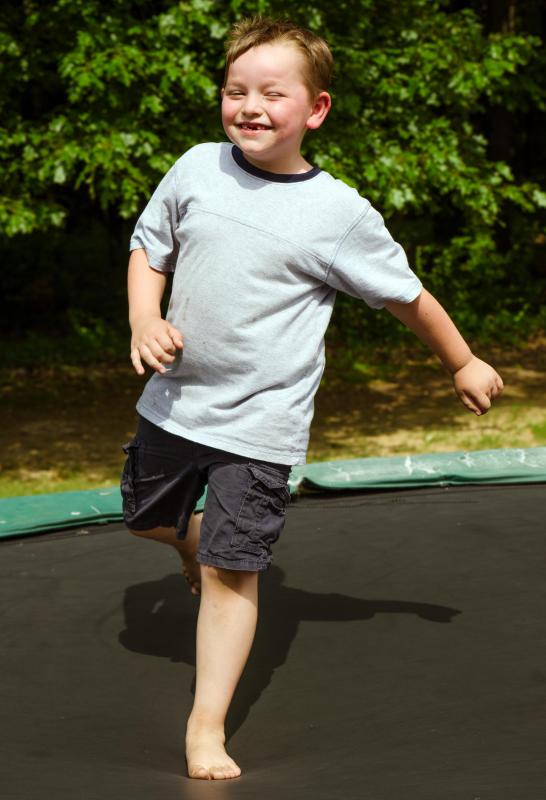At WiseGEEK, we're committed to delivering accurate, trustworthy information. Our expert-authored content is rigorously fact-checked and sourced from credible authorities. Discover how we uphold the highest standards in providing you with reliable knowledge.
What are the Effects of Applied Behavior Analysis on Autism?
Applied behavior analysis is one of the most commonly used therapies for autism; some evidence indicates it is a successful approach. This method is reportedly most effective when used properly and for at least 36 hours, but preferably 40 hours, per week. It is often suggested that applied behavior analysis is effective in enhancing social skills, language and communication skills, academic skills, and in minimizing repetitive behaviors. These results have reportedly improved some emotional distress issues in those affected by autism. Critics of applied behavior analysis claim that, in order for the treatment to be effective, long hours and properly trained professionals are needed, which can be costly.
The time required to effectively utilize applied behavior analysis on autism is extensive. A professional therapist may need to spend upwards of 40 hours a week with the autistic patient. This can sometimes make it difficult for parents to find an available therapist. Choosing the right therapist may be key. It is important to check references and verify the credentials of any qualified therapist, because the efficacy of this type of treatment may not be as high without adequate training.

Applied behavior analysis on autism can help to improve language and communication skills through a process in which behavior is observed and then prompts are used to help the patient communicate with others. Verbal behavior techniques are often used to increase fluency of language. Correct behaviors are reinforced with rewards that can be as small as a smile or accolade and as large as a physical reward system. The fluency building exercises are used to provide a general sense of communication skills.

Repetitive behaviors can be reduced using applied behavior analysis on autism for both children and adults. A therapist will reward desired behaviors while ignoring and essentially not rewarding repetitive behaviors. This type of therapy can take weeks if not months to heed any results. In some cases, it may take years before positive results are seen. Applied behavior analysis relies on consistency; this is the reason that many hours of therapy are often required to see positive results.

Some critics oppose using the applied behavior analysis on autism. They may suggest it is too costly for many families. Although many outlets and organizations support families dealing with autism, the financial burden required by this type of therapy can be high in some cases.
AS FEATURED ON:
AS FEATURED ON:













Discuss this Article
Post your comments